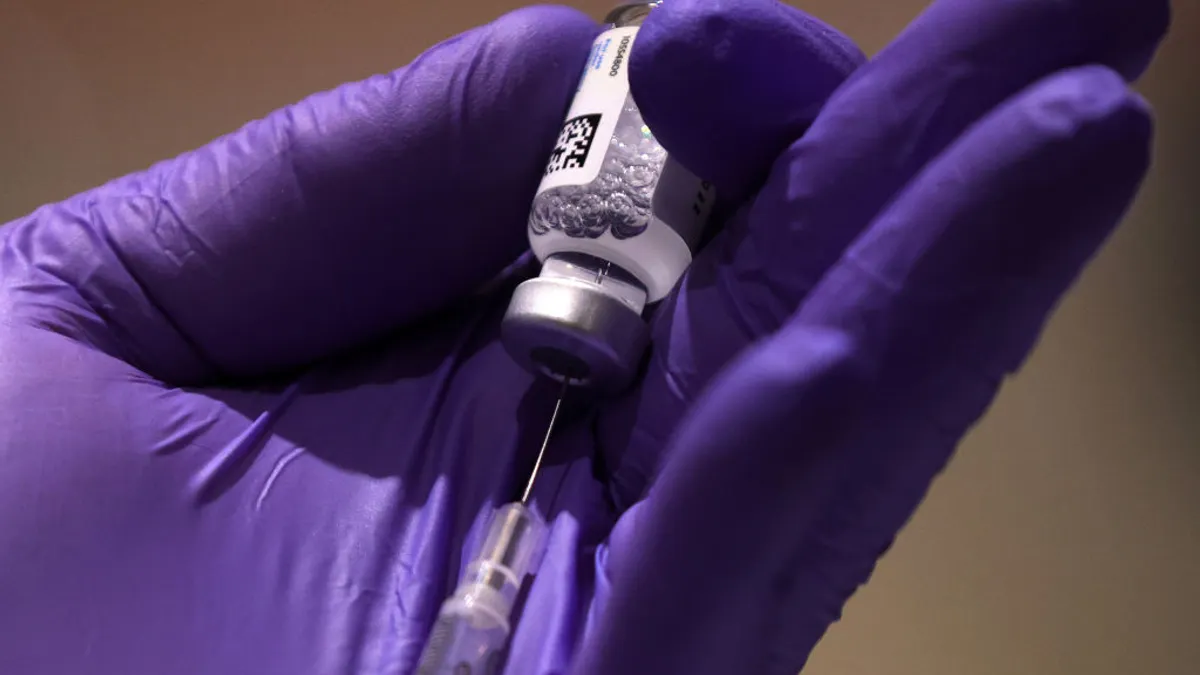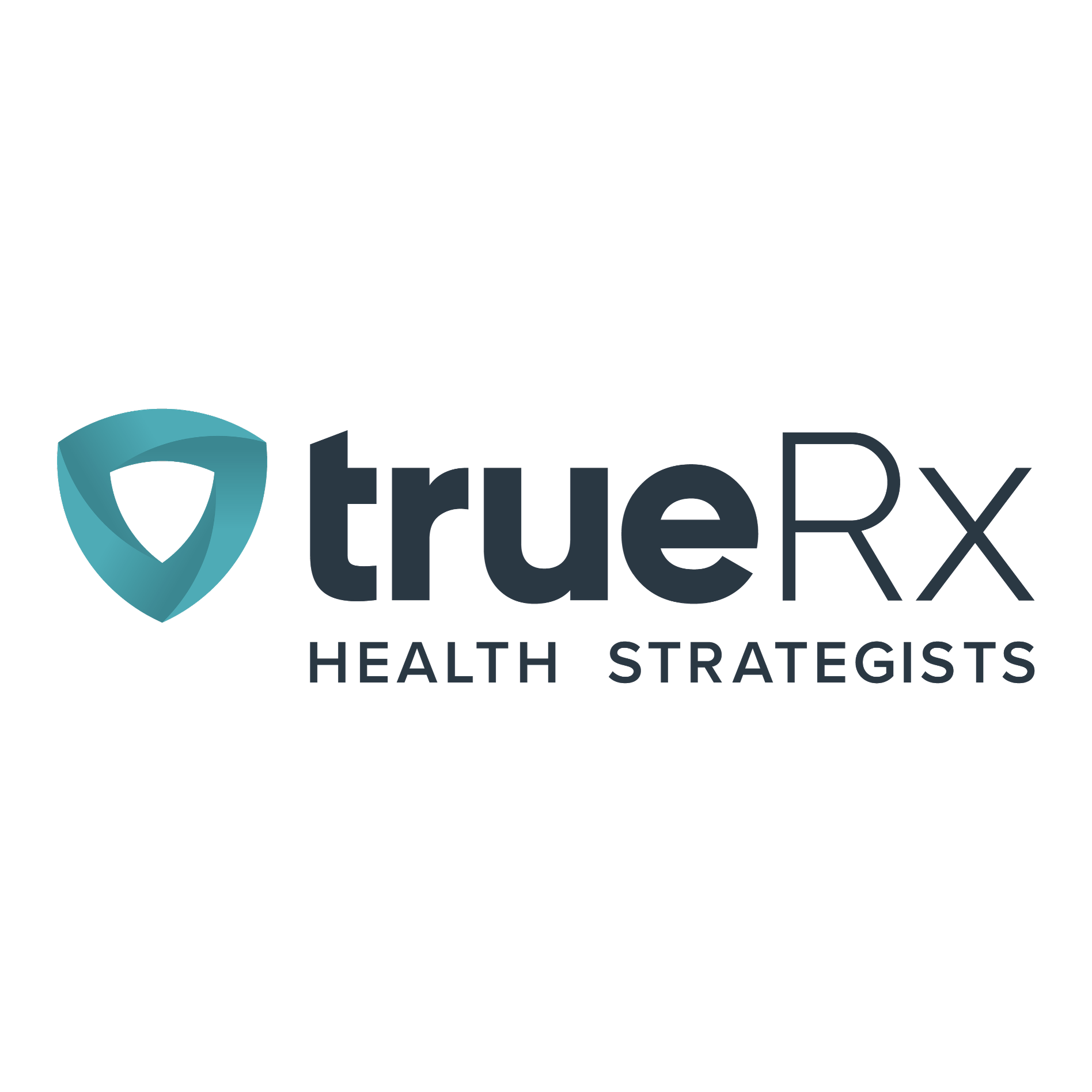Forget Blanche, Dorothy and Rose. The new “Golden Girls” are the more than 41 million American women over the age of 50 who have $15 trillion in spending power at their disposal. Labeled by Forbes as the “super consumer,” this new generation of women is more active, healthier, wiser and wealthier than any previous generation of their peers. Yet, they are often vastly overlooked by the business world — from marketers to pharma.

Despite an upsurge in interest in FemTech by venture capital firms and the emergence of female-disease focused startups like Daré Biosciences, Evofem Biosciences and the spinout of Organon in 2021 from Merck, there is still a huge gap in the drug development pipeline for the most common conditions associated with menopause and post-menopause like heart and blood disease, osteoporosis, urinary incontinence, sexual function, weight gain and hot flashes.
According to PhRMA, in 2022 there were more than 600 drugs in development for conditions that impact women — predominantly cancer, infertility or contraception. But fewer than a dozen products are being explored specifically for menopausal or post-menopausal issues.
One of the biggest untapped markets is that of overactive bladder (OAB) or incontinence, which is estimated to be valued at more than $5 billion by 2027. Of the 33 million adult Americans suffering from some form of urinary incontinence, 75% to 80% of those are women. And about 23% of these women are over 60.
Ready to tap into this lucrative field is Urovant Sciences, a relative newcomer to the urology market. The company gained commercial status during the pandemic with the launch of its first product Gemtesa after receiving FDA approval in December 2020 — the first nod in the U.S. for an oral OAB medication since 2012.
"Today, women are really empowered and that excites me. We need to catch up with the way we portray (post-menopausal) women in the media and to our doctors.”

Alana Darden Powell
Vice president, marketing, Urovant Sciences
While approved for both men and women, Urovant is looking to make inroads with the millions of women who are affected by overactive bladder and at the same time change the face of what post-menopause looks like. And because Bayer pulled its OAB candidate eliapixant from trials in 2021, Urovant is well positioned to become a market leader.
Not bad for a company that less than three years ago had fewer than 50 employees, no commercial team and was managing through a CEO turnover.
“These were the moments where you pause for a minute and you think what does the future look like, how are we going to move forward, how are we going to prepare this product for launch?” said Alana Darden Powell, who joined the company as executive director of marketing, near its inception almost four years ago. “(Gemtesa) had already been submitted to the FDA for review in March 2020. So, all of a sudden the year ahead changed for everybody.”
Powell credits Jim Robinson, an industry veteran who stepped off Urovant’s board to assume the CEO role in March 2020, for his steady leadership in prepping the company to launch Gemtesa. Robinson, a PharmaVoice 100 honoree who helped oversee multiple blockbusters during his long career at Astellas, crafted a deal with Sunovion to co-promote the product to primary care physicians upon its approval. Urovant is a wholly owned subsidiary of Sumitovant Biopharma Ltd. and Sunovion, which are owned by the same parent organization Sumitomo Pharma.
A blockbuster in the making?
As Urovant looked to launch Gemtesa in the specialty and long-term markets, Powell was named vice president of marketing — a position that allowed her to lean into her decade-plus of experience working at Allergan, where she led the consumer marketing efforts for its urology products, including the blockbuster Botox. Instinctively, Powell knew Gemtesa could be a game-changer for women over 50.
“I worked on Botox and brought it to market for overactive and neurogenic bladder conditions, and I remember thinking even then that research showed women were still getting their advice from what their mom or their grandmother did,” she said. “Women were still sitting around book clubs and laughing about having to go to the bathroom all the time or having some leakage. I had to stop and ask: Why are we laughing about that and why are we just accepting this? It’s not funny. It’s not something we should just laugh away because I plan on traveling, and being active and spontaneous, and enjoying my life for a long time to come.”
Powell’s goal is to “wake up” the market — encompassing more than 33 million Americans who experience bothersome bladder symptoms, which increase with age — and help change how women approach OAB.
“The average woman waits about three and a half years before they say anything about their overactive bladder symptoms to a doctor,” she noted. “And what they do is go to the drugstore and pick up what they are familiar with, usually what they used when they were menstruating, but OAB is nothing like menstruation.”
She also hopes to refresh the images associated with aging women. In other words, she said it’s time to ditch the old “Golden Girls” personas to reflect the new reality of what 50-plus looks like.
“It’s shocking that this is the mental picture that comes to mind, and not Cindy Crawford,” Powell said. “This generation of women has entered this stage of life with more energy, more capability, and more ability to take on the second half of life in a really different way. Today, women are really empowered and that excites me. We need to catch up with the way we portray (post-menopausal) women in the media and to our doctors.”
To that end, Urovant recently signed on the actress Holly Robinson Peete to help raise awareness for OAB treatment options as part of its “Time to Go” campaign.

When the announcement was made in January, Peete said in a statement: “I experienced OAB symptoms for years prior to talking to my doctor about potential treatment options, and I wish I had sooner.”
Powell is enthusiastic about the future and the reach Gemtesa could have. Last year, the company penned an agreement with France’s Pierre Fabre Medicament to commercialize the drug in the EU, U.K. and potentially other French-speaking countries around the world.
“I firmly believe this brand’s going to be a blockbuster, and that is not something we see in the small molecule world very often anymore,” she said. “We’re the fastest growing beta-3 in the category. We now have 75% coverage in Medicare and 72% lives covered in commercial. The cherry on top of this story is the number of people we are going to be able to help. That excites me.”




















